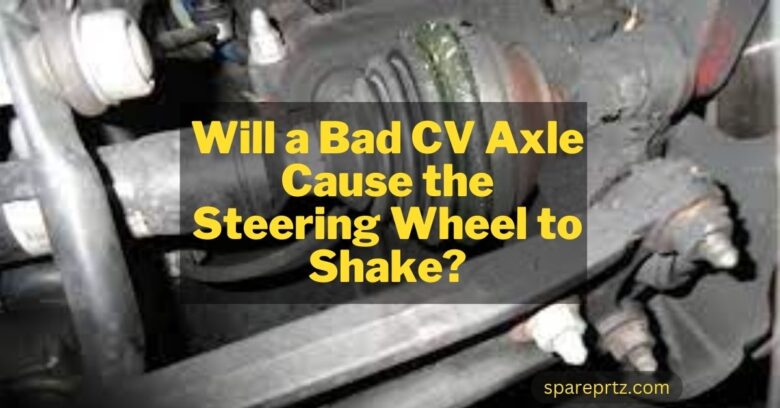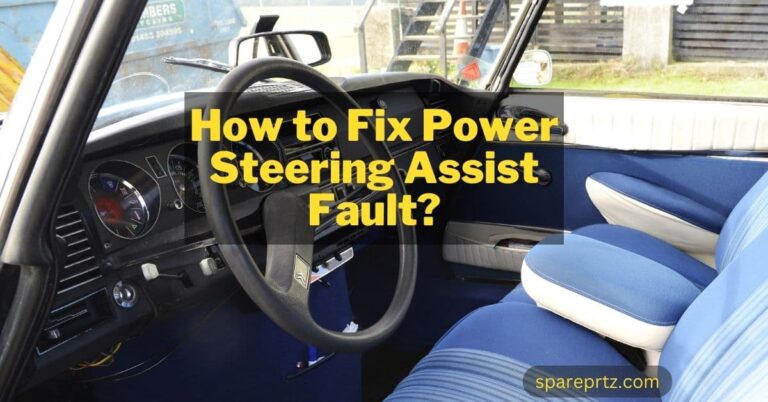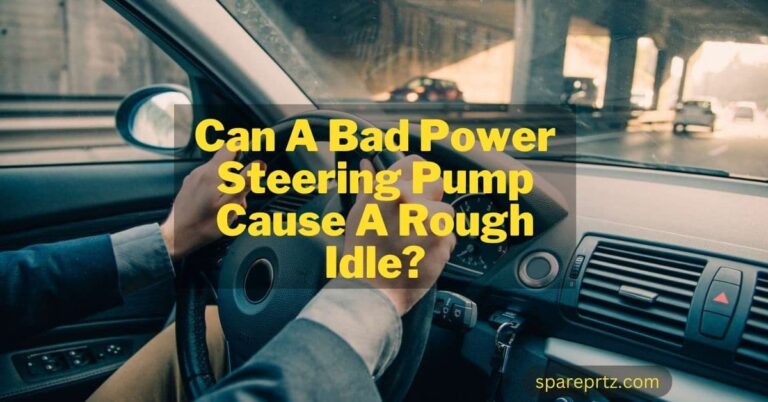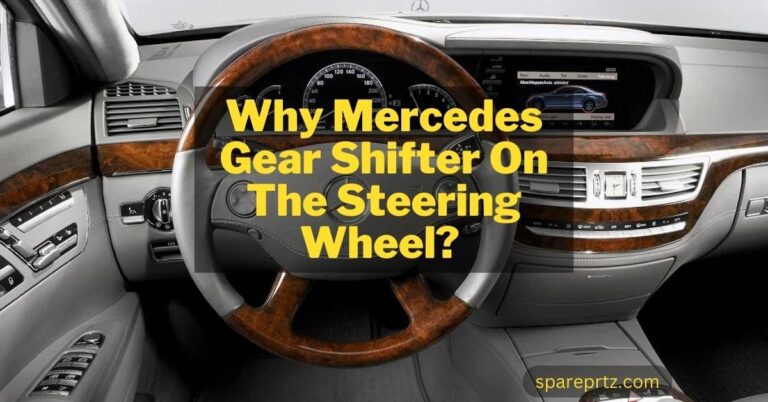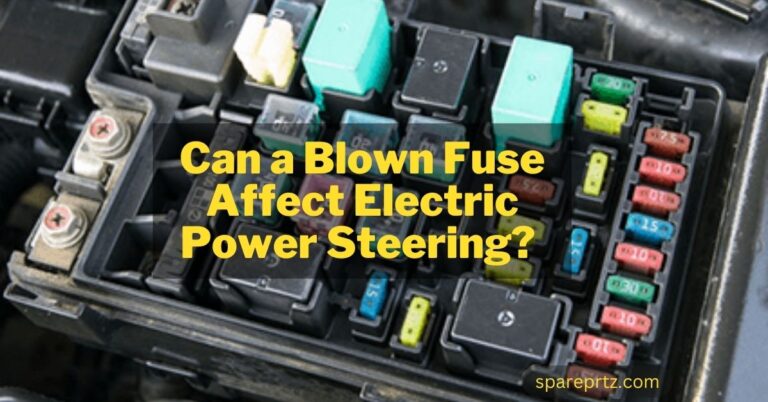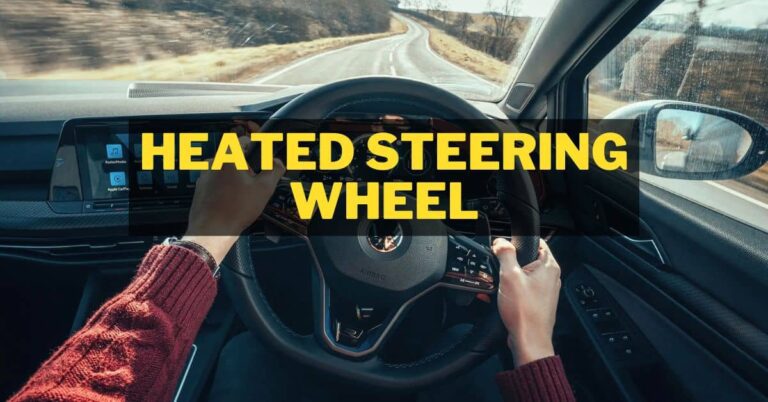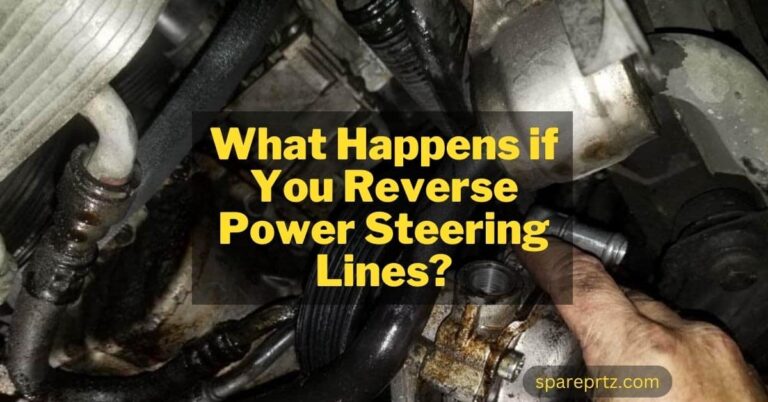Will a Bad CV Axle Cause the Steering Wheel to Shake? Reasons, Symptoms, and Solution
If you drive a car, you might have experienced sudden vibration in your steering wheel. This situation can surely put you in a puzzle. Plenty of questions would have occurred in your mind as a healthy steering wheel is significant for safe driving. A small auto part causes all this chaos.
Yes, you have read it accurately! A small defective part can shake your whole steering system. Yes, a bad CV axle can cause the steering wheel to shake, especially during acceleration or when turning, as it affects the stability and alignment of the front wheels.
In this informative article, we will discuss how a faulty CV axle can lead to oscillations in the steering wheel so that you can address this automotive issue in a better way.
- 1 Do CV Joints Have Anything to Do With Steering?
- 2 When does a CV axle cause a Steering Wheel to Shake?
- 3 Signs and Symptoms of Bad CV Axle – 4 Common Signs?
- 4 Prompt Action is Better Than Potential Loss:
- 5 The Solution of a Bad CV Axle Causes the Steering Wheel to Shake:
- 6 Video Guide:
- 7 Frequently Asked Questions:
- 8 Wrapping Up The Article:
- 9 Most Related Articles:
Do CV Joints Have Anything to Do With Steering?
First of all, let us discuss what the CV axles are. And what is the role of CV axles in the functioning of cars? These small auto parts play a pivotal role in your smooth driving. CV axle works by transferring the power from the transmission system to the wheels of your car. This transfer phenomenon helps your car to move.
At both ends of the CV axle, flexible joints are located. These joints make a connection between the wheels and the transmission system. The inner joints connect the axle and transmission, while the outer one links the axle and wheels. Thus, the joints indirectly help in the motion of your vehicle.
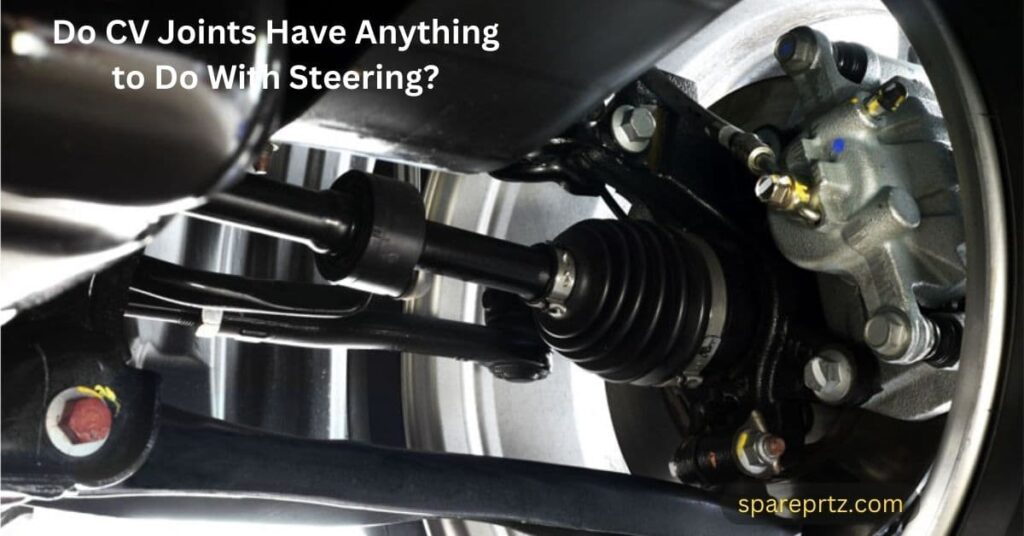
When does a CV axle cause a Steering Wheel to Shake?
What factors lead to the defective or bad CV axle? Let’s identify!
“Bad CV axle” condition usually occurs when you’re driving at high speed. The following are the Reasons that cause the CV axle to deteriorate, ultimately leading to vibration in your car’s steering wheel.
1. Inner CV Joints Damage:
The fundamental reason which leads to the vibration of the steering wheel is the defective inner CV joints. However, the diagnosis of the defect is not easy. It requires disassembly for the analysis of the parts of the axle. Dirt, dust, and moisture contaminate the parts, and this contamination results in wear and tear of these joints.
Moreover, while you drive the car, these joints of the axle constantly work, so the parts can deteriorate with time. After a certain mileage, such parts need to be changed. Also, this fault may occur sooner due to a lousy way of driving.
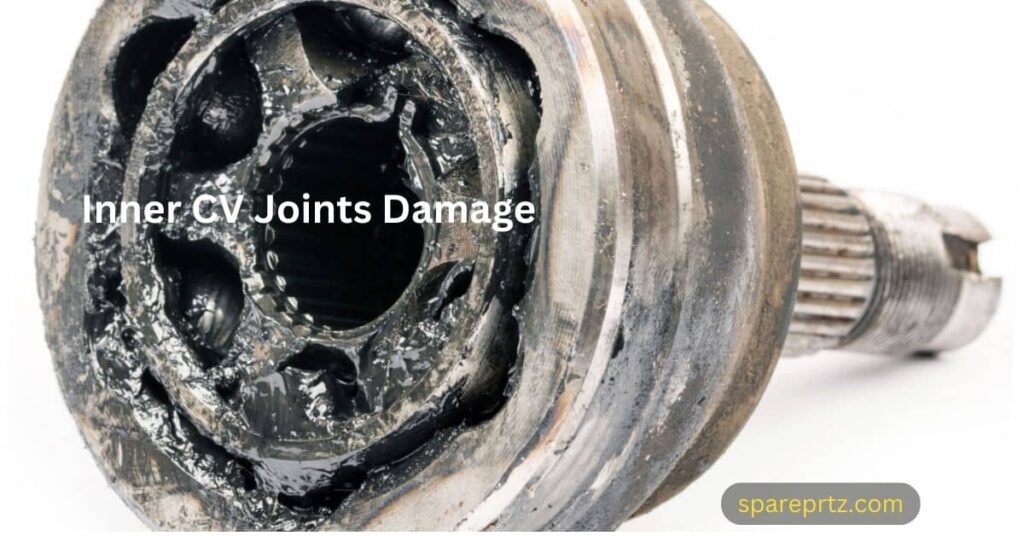
2. Minor Hits and Accidents:
Sometimes, your car encounters a minor hit due to multiple reasons. We do not bother much with these impacts as they are apparently harmless. But, deep down, these jerks lead to gradual defects. The defects may be unpleasant noise or bad CV axle causing vibration of the steering wheel.
Signs and Symptoms of Bad CV Axle – 4 Common Signs?
Detection of fault in the CV axle is not simple in any way. Here, we are going to tell you the symptoms which you must know to diagnose the defect in the CV axle efficiently. By identifying any of the following signs/symptoms of a defective CV axle, you can take action on time to prevent any potential harm.
1. Excessive Vibration:
When you feel a vibration or tremble while sitting in the driving seat, it is a major alert that there is a fault in the joints or the CV axle itself.
These oscillations amplify when you increase your vehicle speed, i.e., more than 55mph. So it is better to consult a mechanic at this stage so that timely repair can prevent you from any accidents or further defects.
2. Shaking Steering Wheel:
Here is another symptom of a “bad CV axle,” which you mostly face, is the shaky steering wheel. These steering vibrations are severely felt when you accelerate the car. If you ignore this alarming alert, you can encounter more severe malfunctioning or even accidents.
Regular analysis is very crucial for the safety of your car and yourself.
3. Difficult Steering Movement:
Besides the trembling steering wheel, you may also face difficulty while moving the steering wheel. You may even lose control over your car by carelessness. Thus, it is very crucial to address the issue on time.
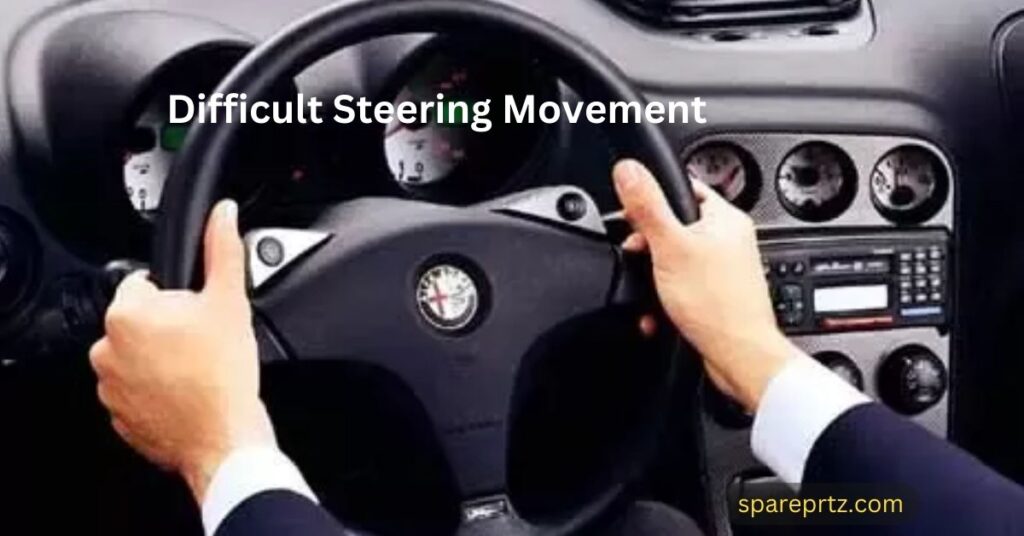
4. Bounciness:
When you are driving on uneven roads, if you feel bounciness, it is also a symptom that your CV axle deteriorates. The bounciness is a red alert for your safety. Thus, it is crucial to consider your safety first. Either you need to repair the axle or joint, or you may need to replace the whole part.
Prompt Action is Better Than Potential Loss:
Now, you are well aware of the causes and symptoms. Let me tell you that if you drive for a long distance with faulty CV axles, there may be a need to replace the CV axle. This cost of replacement varies according to the quality and brand.
Timely addressing of this issue can also prevent you from spending extra money on replacement. When you timely address the issue, you just need minor repairs in axles, charging less expenses. Regular maintenance and checks are helpful for the prevention of potential hazards and losses.
The Solution of a Bad CV Axle Causes the Steering Wheel to Shake:
To resolve the issue of a shaking steering wheel caused by a bad CV axle, replace the faulty axle promptly.
- Begin by safely lifting the vehicle and removing the affected wheel.
- Next, disconnect the old CV axle by removing the nuts or bolts.
- Carefully install the new CV axle into the transmission.
- But if you don’t know how to do these things efficiently, you just take a torque wrench and tighten the bolts and nuts.
Also, a CV joint grease can help you to solve the problem immediately if there is not any potential default, which is to be solved by replacement only.
Video Guide:
Frequently Asked Questions:
Q1: Can a Bad CV Joint Cause Vibration When Braking?
Yes, a bad CV joint can cause vibration when braking. CV joints are responsible for transferring power from the engine to the wheels, and if they become worn or damaged, they can cause the car to vibrate or shake, especially when you apply the brakes. This is because the CV joints are responsible for keeping the wheels aligned when the car is braking, and if they are not working properly, the wheels can wobble and cause vibration.
Q2: Can a Bad CV Joint Cause Death Wobble?
Yes, a bad CV joint can cause death wobble. CV joints, or constant velocity joints, are responsible for transferring power from the transmission to the wheels. They allow the wheels to move up and down while still providing smooth power delivery. If a CV joint is damaged, it can cause the wheels to wobble violently, which is known as a death wobble.
Q3: Why There Is Terrible Vibration After Changing CV Axles?
1. Imbalanced or improperly installed axles.
2. Misalignment of other components during the installation process.
3. Damaged wheel bearings or suspension parts that were disturbed during the replacement.
Wrapping Up The Article:
To sum up, a bad CV axle can actually cause a wobbly steering wheel. The defective axle or joints cause alarming symptoms such as excessive vibration, difficult steering movement, loss of control, and bounciness.
After reading this article, you better know the symptoms, causes, and expenses of CV axle failure. It is vital to maintain the safety of your vehicle and passengers. Thus, you must keep checking for faults and defects in the auto parts. Timely detection and amendment can save you from life and monetary loss.
Most Related Articles:
- Can a Blown Fuse Affect Electric Power Steering? Best Guide in 2024
- Can A Bad Power Steering Pump Cause A Rough Idle? Causes and Fixes in 2024
- Accidentally Put Coolant in Power Steering Pump
- Why Do My Car Lights Dim When Turning the Steering Wheel?
- Accidentally Put Power Steering Fluid in the Coolant Reservoir

